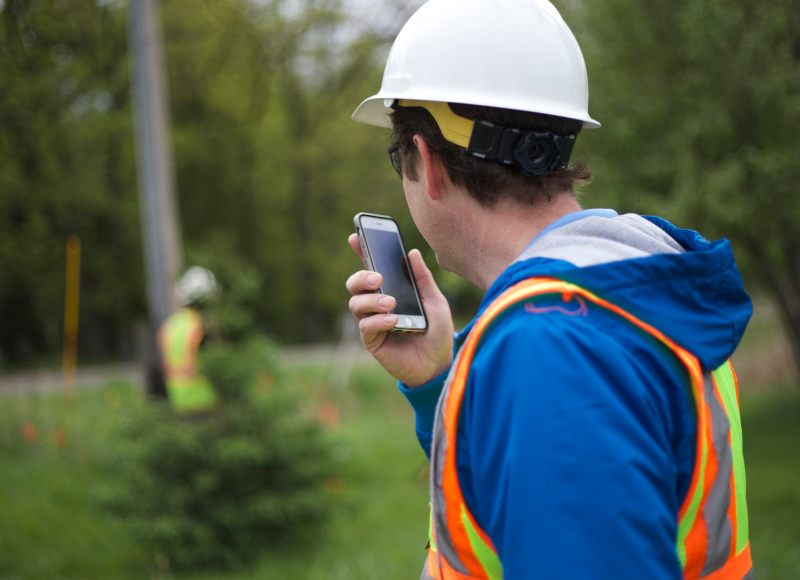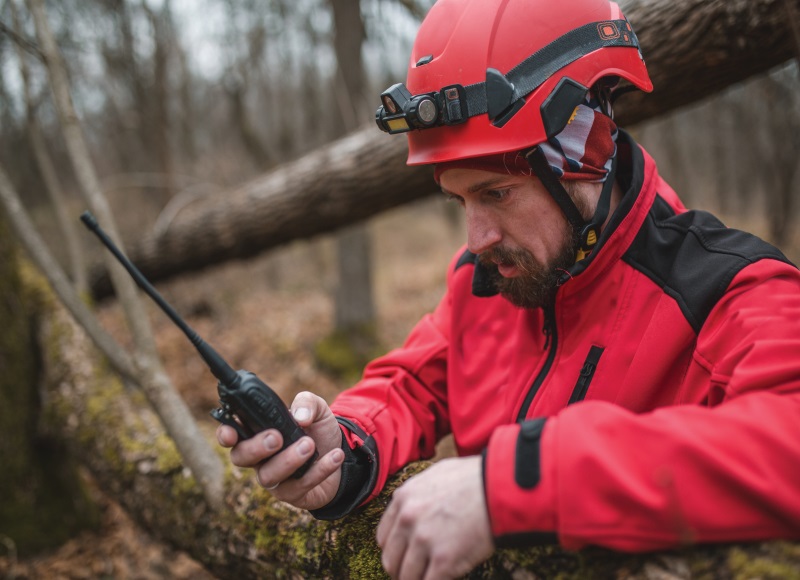

Push to talk over cellular (PoC) is a two-way radio walkie-talkie style service that allows users to communicate with one another in real-time, over a cellular network.
It is especially useful in situations where speed and convenience are desired, such as when time is of the essence, or when a user needs to quickly communicate with multiple people simultaneously. It is a cost-effective and efficient alternative to traditional two way radio communication systems.
Here are some of the benefits it could bring your organisation:
1. Improved Efficiency: PTT over cellular technology offers a much faster and more efficient communication system compared to traditional cellular calls. By pressing a single button, users can quickly communicate with multiple contacts at once, allowing for a greatly improved workflow.
2. Cost Savings: PTTOC technology is a cost-effective alternative to traditional cellular calls. The service has a low monthly fee and no long-term contracts, making it an ideal solution for businesses and organisations that need to save money. Moreover, PoC requires less hardware than traditional radio services, so you can save on equipment costs.
3. Increased Security: PoC technology is a secure, encrypted form of communication and has its own unique security protocols that encrypt the data between the two devices. It eliminates the need for insecure, unencrypted messaging services and provides users with a secure and reliable way to communicate. In addition, most PoC providers offer advanced features such as user identity verification, device authentication, and encryption of audio data.
4. Improved Mobility: Push-to-talk over cellular technology is designed to work on virtually any mobile device. This makes it ideal for workers who need to stay connected while on the go, as they can access the service from anywhere. Furthermore, in comparison with a traditional two way radio system, PoC devices and apps operate via broadband networks like 3G, 4G, 5G, and Wi-Fi. This means that large files, such as images, voice recordings, documents and videos can be shared quickly and reliably.
5. Device Compatibility: Push-to-talk over cellular technology is designed to work with smartphones, tablets, and laptops. This makes it easy for organisations to provide the service to their employees without having to purchase new devices.
For organisations looking to maximise safety and productivity while reducing costs, Push-to-Talk technology is an effective solution. and helps organisations stay focused on the job at hand.
Looking for more information? Our blog post here covers what you should be looking for in a PTT cellular app.
At Radiocoms, we have always got our eye on the future, ensuring we keep on step ahead of technology developments so we can support you with solutions that help you to deliver your organisational goals. Let’s start a conversation, click here.
Read more
Let’s start a conversation
If you would like further information, or to discuss your requirements onsite:
Book An Appointment | Arrange A Quotation | Call 033 3939 0022








